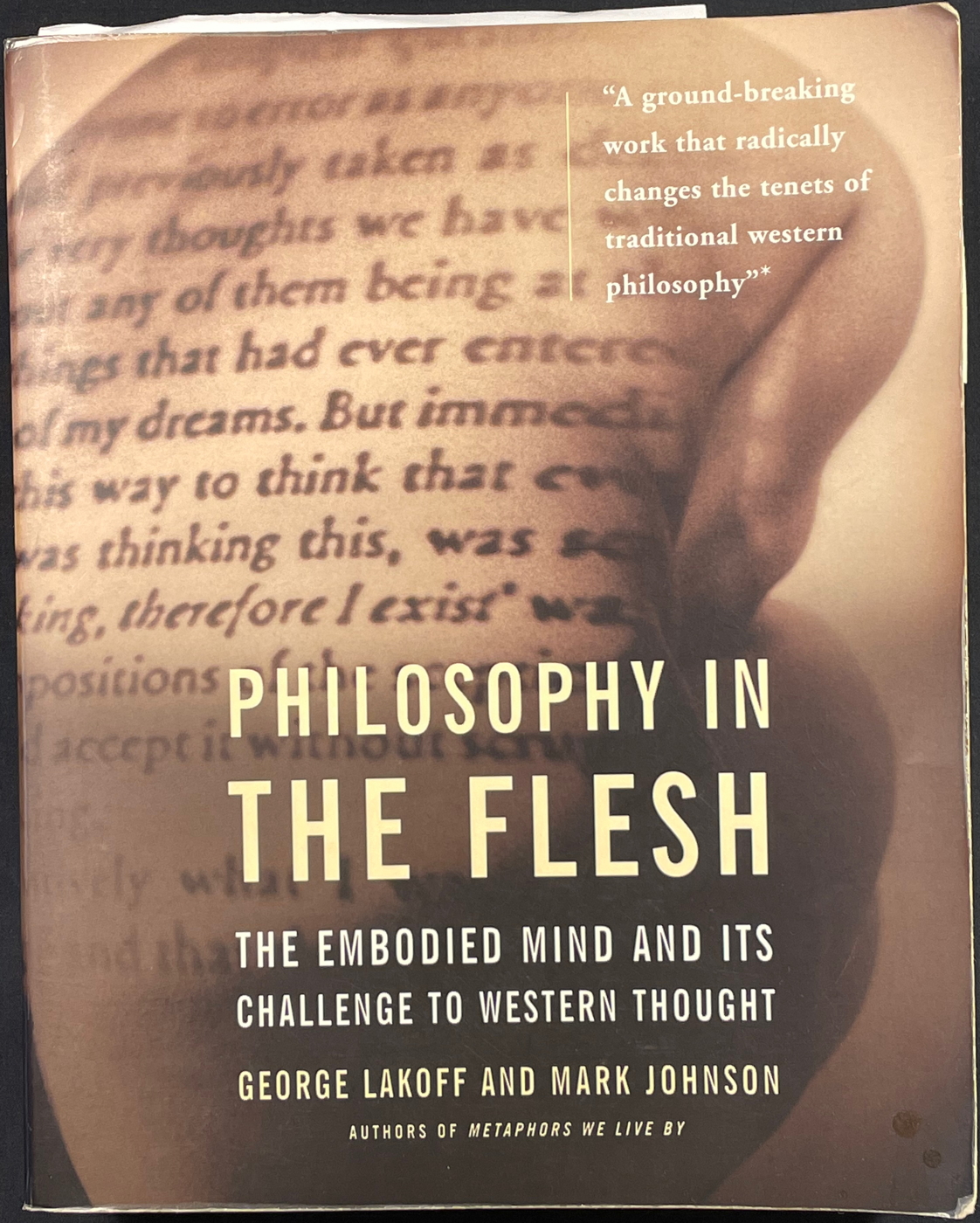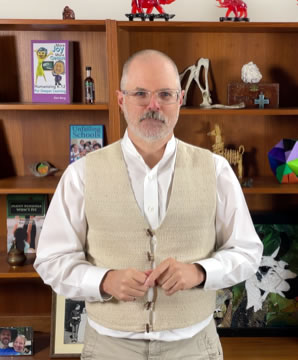Holistic Education- The Attitutor Way
Holistic education.
For some that phrase may conjure up the idea that education is a transcendent spiritual journey that is ultimately ineffable and therefore beyond scientific scrutiny.
I don’t think that belief about education is widespread, but if education is amenable to scientific scrutiny, why is it so difficult to manage?
Why does the political pendulum swing wildly back and forth?
Does holistic education have something practical to offer?
In a previous video called “What is a holistic approach to education?” I focused on the notion of holism in itself, but in this video I want to focus on the education stuff.
In this video I am going to make the case that integrating a variety of viewpoints on education is a key characteristic of holism.
That integration is an important part of what I consider to be holistic education.
My name is Don Berg, welcome.
All sides to the debates get at least one thing right and a lot of others things wrong.
I take the differences of opinion expressed in the debates to be irreconcilable ONLY in-so-far-as the debaters insist on the incompatibility of their views.
And I believe that the seeming incompatibility of their views is a significant contributor to the wild swings of the political pendulum.
To begin to understand how this can be true, let’s start with a famous poem from 1872 by a fella named John Godfrey Saxe.
The poem is called, “The Blind Men and the Elephant: A Hindoo Fable,” though I note that it was also found in the Buddhist, Jain, and Sufi traditions, as well.
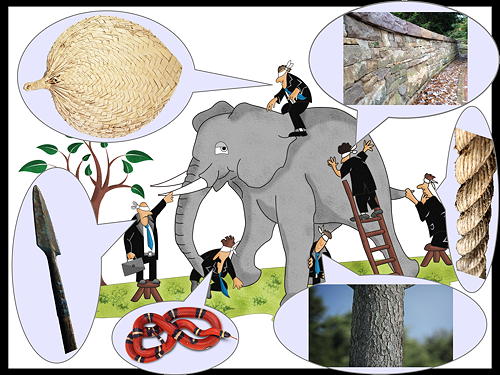
The Blind Men and the Elephant: A Hindoo Fable
It was six men of Indostan
To learning much inclined,
Who went to see the Elephant
(Though all of them were blind),
That each by observation
Might satisfy his mind.
The First approached the Elephant,
And happening to fall
Against his broad and sturdy side,
At once began to bawl:
"God bless me!—but the Elephant
Is very like a wall!"
The Second, feeling of the tusk,
Cried: "Ho!—what have we here
So very round and smooth and sharp?
To me 'tis mighty clear
This wonder of an Elephant
Is very like a spear!"
The Third approached the animal,
And happening to take
The squirming trunk within his hands,
Thus boldly up and spake:
"I see," quoth he, "the Elephant
Is very like a snake!"
The Fourth reached out his eager hand,
And felt about the knee.
"What most this wondrous beast is like
Is mighty plain," quoth he;
"'Tis clear enough the Elephant
Is very like a tree!"
The Fifth, who chanced to touch the ear,
Said: "E'en the blindest man
Can tell what this resembles most;
Deny the fact who can,
This marvel of an Elephant
Is very like a fan!"
The Sixth no sooner had begun
About the beast to grope,
Than, seizing on the swinging tail
That fell within his scope,
"I see," quoth he, "the Elephant
Is very like a rope!"
And so these men of Indostan
Disputed loud and long,
Each in his own opinion
Exceeding stiff and strong,
Though each was partly in the right,
And all were in the wrong!
So, oft in theologic wars
The disputants, I ween,
Rail on in utter ignorance
Of what each other mean,
And prate about an Elephant
Not one of them has seen!
Now I want you to notice a few things that can help us explore our understanding of truth.
Let’s be clear that this poetic presentation addresses a fundamental human challenge.
It is a distillation of the problem of taking a perspective versus having perfect objectivity.
Let’s use another variation on this theme to examine how this works.
Here is a hidden object casting three different shadows.
The challenge is to understand what three-dimensional shape casts those shadows.
Here we have three scientists: Issac Newton, Bill Nye, and Neil Degrasse-Tyson.
They are each going to propose a solution based on their observation.
Newton proposes that it is the shadow of a sphere.
Nye proposes that it is the shadow of a pyramid.
And Tyson proposes that it is the shadow of a cube.
They have each made true observations, yet they have all arrived at false conclusions.
If they were politicians they would be encouraged to ardently defend their conclusions and mercilessly attack the conclusions of the others for being absurd and if they don’t get their own way then it must be a conspiracy of the deep state.
However, as true scientists they would first make every effort to discern true observations from false observations, though in this thought experiment we have presumed each of their observations is true.
Then they would endeavor figure out how to reconcile the various true observations to arrive at a plausible, but not necessarily final, interpretation of the observed facts to generate some true statements about the phenomena in question.
For a geometric figure this would be relatively simple.
We can come to a nearly final and complete understanding of such a simple physical object.
Alas, for an elephant we cannot.
The poem reveals how each blind man arrived at their assertions about the nature of the elephant.
The poet implicitly invites us, the audience, to feel that our sighted perspective is perfectly objective and naturally superior to each of the perspectives taken by each of the blind men.
While we can sympathize with their perspective, we cannot agree that they have understood what an elephant actually is.
From a holistic education perspective perfect objectivity about an elephant is absurd.
When we take a scientific view we understand that there are immensely complex structures, processes, and patterns at different levels of analysis that make up an elephant.
We can NEVER be sure that we have a final and complete understanding of any living being.
Simple solid objects, perhaps.
Living beings, no way.
The fact is that it is the mutual exclusivity of views that is the real problem.
To the degree that each of them meant to say, “I’m right and y’all are wrong” they cut themselves off from a properly useful understanding.
We shall refer to this as the “exclusion delusion.”
The argument is that whenever we exclude a true observation from our conception then we are creating a delusion for ourselves.
Of course, there is also the challenge of distinguishing true observations from false ones, but that is a topic for another time.
For now we are going to go through a few examples of exclusion delusions to see how they can be overcome in education.
Conceptions of Learning in Holistic Education
We shall consider three crucial aspects of education: learning, teaching, and schooling.
Starting off with learning I am drawing on research by John Hattie and his colleague Nola Purdie.
They did some fascinating research that revealed that there are a limited number of conceptions about learning.
The conceptions were:
gaining information;
personal change;
remembering, understanding, and using information;
development of social competence; and
that learning is unbound by time & space.
Those first five were found in Western societies, but when they made their inquiries in Eastern societies they found that they had to add a sixth item; the duty to learn.
So the point I want to make here is that we have policies in schools and public policy more broadly that may be assuming that only some of these are valid.
If the only thing that public policy accepts as valid learning is dutifully gaining, remembering, understanding, and using information then that is a symptom of the exclusion delusion.
The exclusion delusion in this instance is going to result in shallower learning.
When we take the whole phenomena of learning seriously we will get the deeper learning that is necessary in today’s world.
Conceptions of Teaching in Holistic Education
Moving on to teaching I am drawing on the work of a researcher named Daniel Pratt and his associates who catalogued conceptions of teaching and arrived at five different ways of understanding it.
Those ways of conceiving of teaching are:
delivery,
nurturing,
transformative,
immersion, and
social influence.
The typical exclusion delusion for teaching is that the teacher’s job is limited to the nurturing delivery of knowledge, skills, and information.
As I put it in my book Schooling for Holistic Equity, many folks dream of a little schoolhouse on the prairie in which a maidenly school marm hired by the local townsfolk delivers the 3Rs with a stick in one hand and a piece of chalk in the other.
When those kinds of delusionally oversimplified conceptions of teaching are backed by political power, then we get disastrous results in schools.
Remember, there is some degree of truth underlying that conception, but it creates disastrous results when political forces impose that conception to the exclusion of other valid ways of thinking about how to educate children.
The question here is, What do we get when all of the conceptions of teaching are honored?
I suggest that we will get what I call a Catalytic Pedagogy, which I will talk about more later.
If you want more details I encourage you to watch the video on the home page at Holistic Equity DOT org.
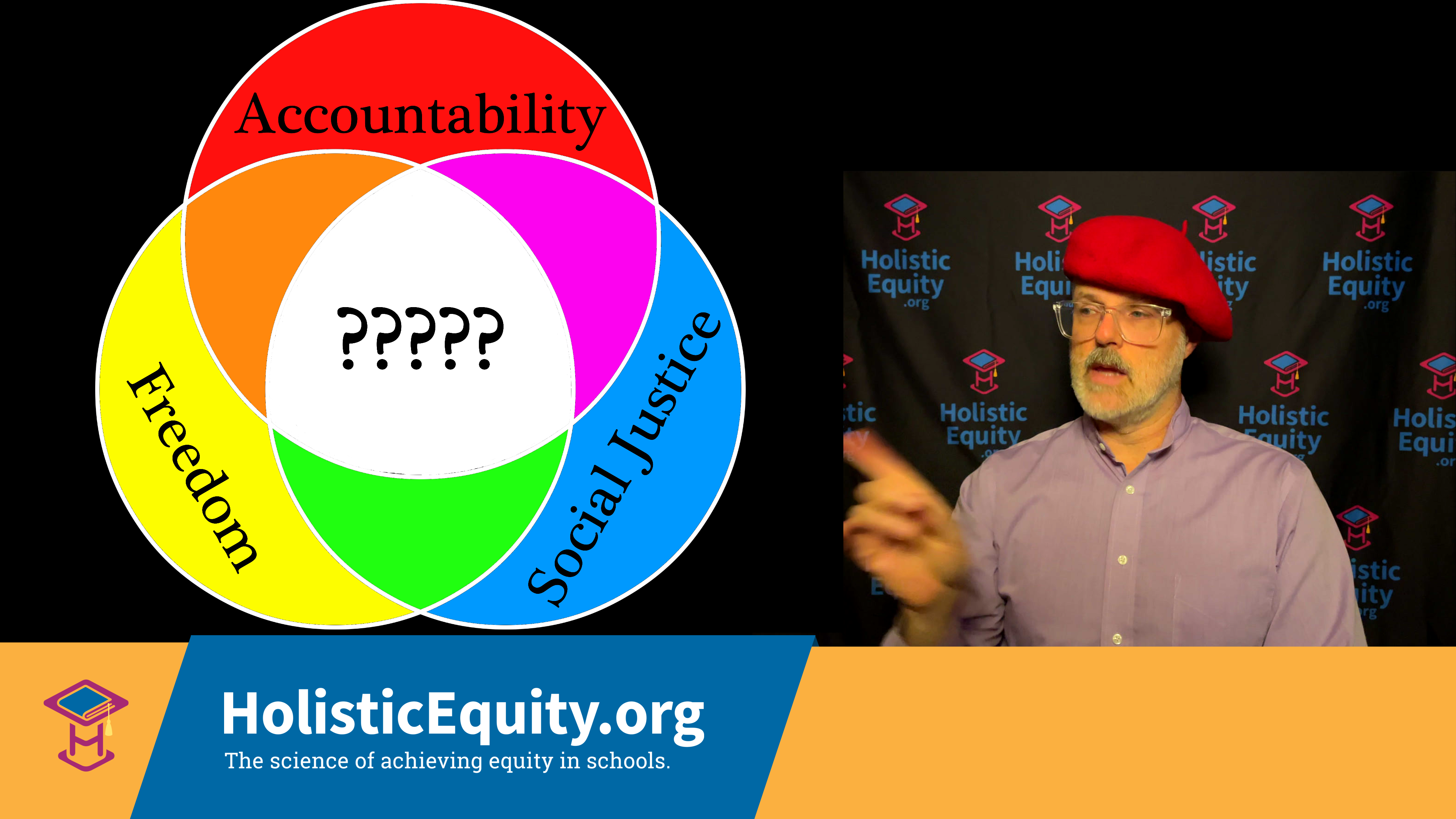
Conceptions of Schooling in Holistic Education
Now we turn to schooling.
I have observed that there are schools across a spectrum from mainstream to radically different from that mainstream.
I have been to education conferences all around the world put on by organizations that operate in every way imaginable.
The most mainstream conference was the ASCD conference.
The most radical being the International Democratic Education Conference which this past summer was doubling as the Summerhill Festival of Childhood.
I gave a talk at that one which I have posted on my YouTube channel.
If you want to learn more about how different democratic schools are from the mainstream then I suggest that you read any of my books.
For the quickest introduction I suggest Most Schools Won’t Fit which I wrote with the help of a parent named Holly Allen.
So we are bringing back our three scientists to observe schooling.
Newton sees accountability as the most prominent feature of the mainstream.
DeGrasse-Tyson sees that there is also a significant movement to incorporate social justice into schools.
Nye notes that the democratic education folks are strident champions of freedom.
The psychologist Peter Gray who has a blog on Psychology Today has written quite a bit about how important freedom is and how incompatible he believes the mainstream to be with that view.
He did some formal studies of Sudbury Valley School, which is one of the most well-known democratic schools, and also where he sent his son.
The exclusion delusion is particularly strong in this case because there is a pattern of the mainstream steadily eroding and eventually destroying schools that wear the mantle of freedom when they are beholden to public funding sources.
Thus, the folks on that freedom train are reluctant to seek out that type of funding and their schooling options are usually relegated to those who can afford it.
The apparent mutual exclusivity is an accurate and true observation, but that does not warrant the conclusion that the mutual exclusivity is necessary.
I propose that if we can identify the core truth behind each of these three perspectives, then we can arrive at a logical means of rectifying the discrepancies to arrive at a consilient view that gives us all a path towards meaningful reform.
The core truths that I see in the schools are drawn from the primary psychological needs that all human beings have and that have been shown to be central to the deeper learning that we expect schools to facilitate.
The mainstream accountability view is anchored in the truth that all humans have the need to be competent; to perceive themselves as effective agents who pursue goals that are meaningful to both themselves and their community.
Unfortunately, that truth becomes distorted by the systems of academic bookkeeping that are used as stand-ins for actual learning.
The system cannot tell the difference between someone who faked their way through getting grades, test scores, certificates, and diplomas and someone who was genuinely intrigued by their studies and mastered the subjects they were taught.
The social justice view is based on the universal human need for relatedness; the perception that you belong to a group and are accepted for who you are within that group.
The many ways that isolation and fragmentation occur in our society have a disproportionate effect on those who are marginalized, thus the typical social justice focus on those groups.
But even beyond that the negative effects harm the majority, too.
Gallup data shows that the global workforce is disengaged at rates ranging from 70-85% depending in the country.
That is an indication of pervasive psychological harms being done.
The harms are spread across all populations, though it is true that the marginalized are harmed disproportionately.
The freedom view makes the primary need for autonomy a central consideration.
Everyone needs to perceive themselves as the cause of their own activities and to express their will in the world.
Unfortunately, schools that honor this need are extremely few and far between and as I mentioned before they tend to get weeded out of publicly funded systems.
There are numerous models of innovation that say they are doing better at incorporating this into their programs, but they don’t have solid evidence to support the claim.
I am developing a prototype assessment system to help address this deficiency.
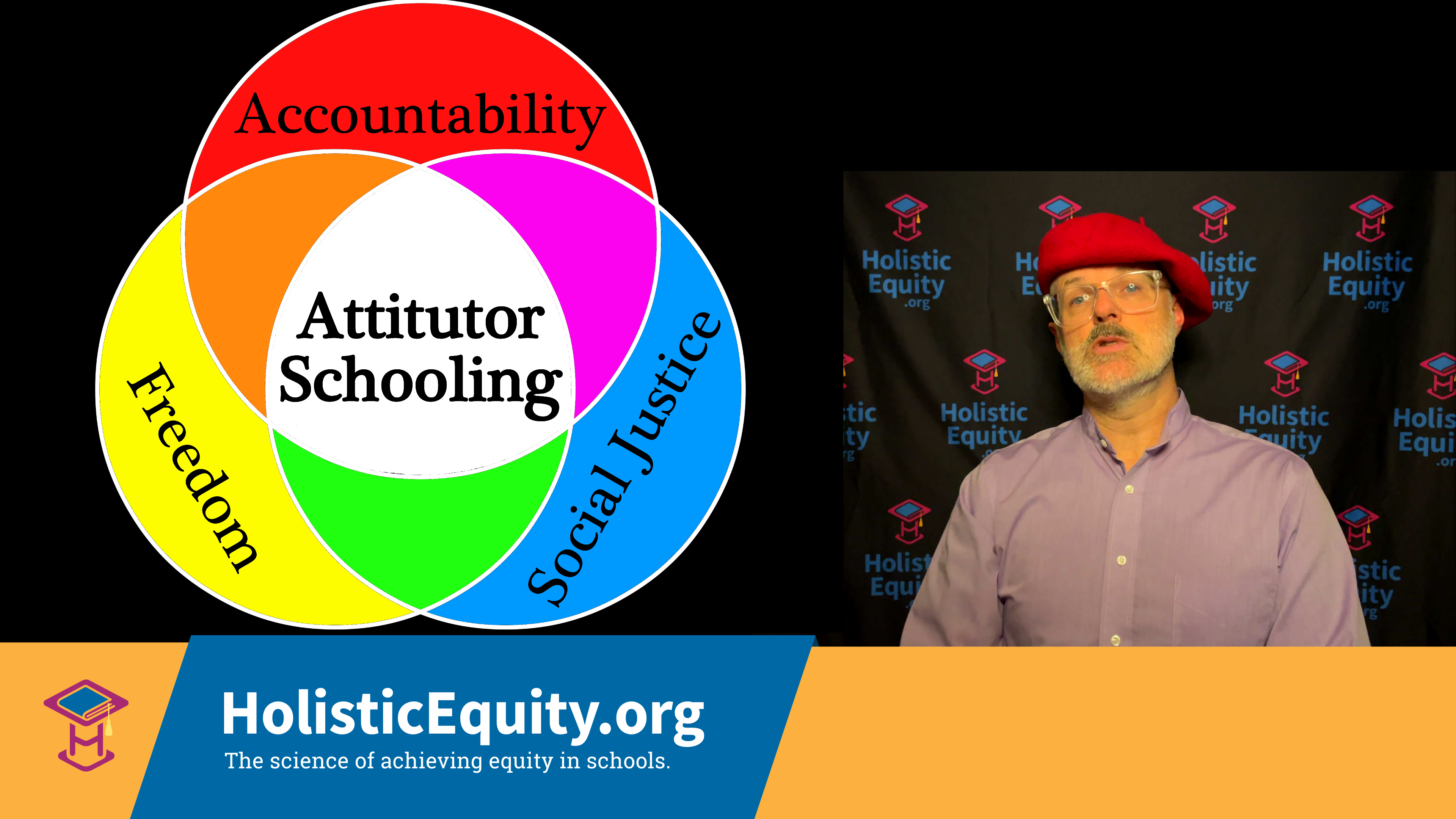
Holistic Education in a Venn Diagram
So what is at the center of THIS Venn diagram?
All the major pieces of my work land here.
The branded version is Attitutor Schooling.
Catalytic pedagogy, which I mentioned earlier, is a more generic phrase for it.
A pedagogy is catalytic when it has evidence that shows that both teachers and students are more internally rather than externally motivated, have their primary psychological needs met, and are engaged more agentically, not just behaviorally.
My strategic plan for helping schools to become Attitutor Schools is called Back-to-Basics 2.0.
And the intended outcome of all that other stuff is Holistic Equity.
I use the term holistic to ensure that we are talking about meeting the needs of all the humans in the system, not just some of them.
Holistic education is what this is all about.
I appreciate that there are true observations at the heart of non-holistic education systems.
But, holistic education is the only way to weave those truths together in a systematic way that will make the difference for children.
If you would like to keep up with what I am doing in the world please sign-up for the Holistic Equity newsletter.
Thanks for watching.
Resources:
Prototype Assessment System: Classroom Climate Formative Assessment Tool
Video: What is a holistic approach to education?
Purdie, N., & Hattie, J. (2002). Assessing Students' Conceptions of Learning. Australian Journal of Educational and Developmental Psychology, 2, 17–32.
Pratt, D. D., Arseneau, R., Boldt, A., Johnson, J., Nesbit, T., Rodenburg, D., & T'Kenye, C. (2005). Five Perspectives on Teaching in Adult and Higher Education. Krieger Publishing Company.
Video: Introducing Catalytic Pedagogy:
Better Schooling for More Children
Peter Gray's essay on the impossibility of reform and the necessity of outside revolution in education
Peter Gray's study of Sudbury Valley School: Gray, P., & Chanoff, D. (1986). Democratic Schooling: What Happens to Young People Who Have Charge of Their Own Education? American Journal of Education, 94(2), 182–213. https://doi.org/http://www.jstor.org/stable/1084948
This article was printed from HolisticEquity.com

